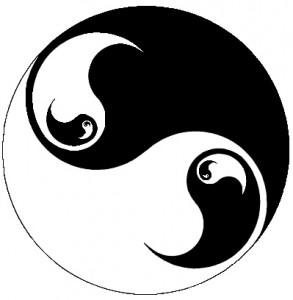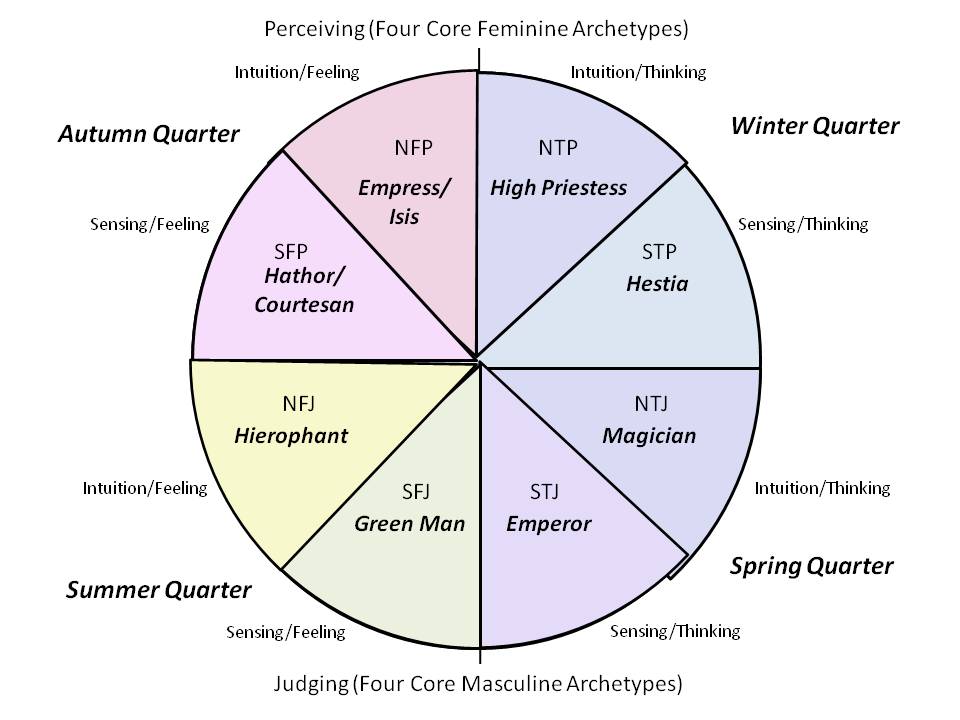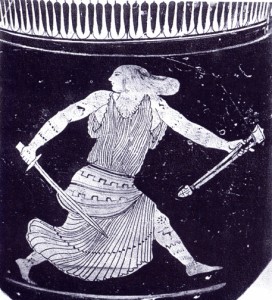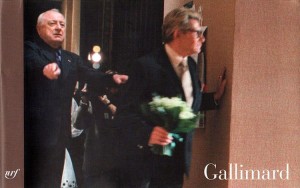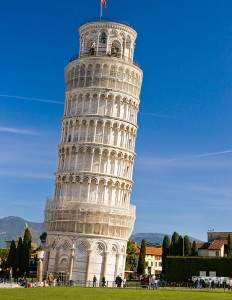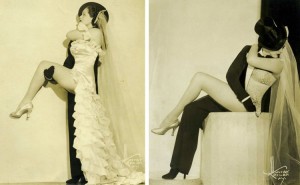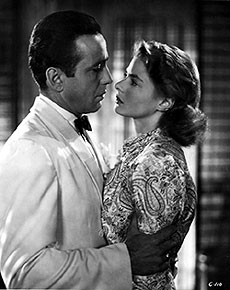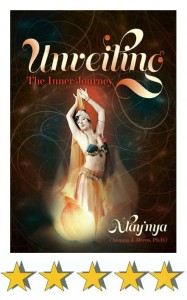Power Struggles Within Our Own Internal Archetypes – and Helping Our Love-Goddess Hathor to Win!
Have you ever wanted to make a life-change? I’m not just talking a cosmetic make-over. Not even a full-out, change-my-hair, change-my-wardrobe, change-my-life kind of life-change. Not even a get-a-new-job, get-a-new-boyfriend, move-across-country change.
I mean radical.
I mean a change that comes from inside, that router-roots out all our “icky-stuff” from the inside out. Something that is transformative. Something that is enduring. Something that sticks.
And oh, yes. By-the-way. Something that makes us so much happier.
Well, you’ve wanted this, I’m sure. And I’ve wanted it as well. In fact, that’s why I wrote the book, Unveiling: The Inner Journey.
Writing Unveiling, and even getting it published, and sharing it with you, has by no means been the culmination of my own Inner Journey. A waypoint, most certainly. Having enough “stuff” together to be useful to you – to give you a concise guide and reference; well, that too. (If 544 pages can be considered “concise.”)
But the truth is, as soon as I got Unveiling finished, I began going deeper into my own Inner Journey. I began to get more insights – and have incorporated many of them into my blogposts over the past six months.
But still, during all this time, I was desiring – craving – a deeper level of personal transformation.
And over the past few days, almost overnight, I’ve reached a new milestone. Had a breakthrough. And I want to share this with you.
A quick bit of background.
If you’ve been following this blog for the past six months, you’ve been learning about each of our six core power archetypes in detail. (A bit randomly, but with at least a little attention to most of them.) You’ve also been learning why and how each of these is important.
And here’s something important: You and I are not alone in our Inner Journeys. We’re desiring happiness. We’re desiring to know and bring to fullness ALL of who we are. And we’re desiring to fulfill – for each of us – our true “meaning in life.”
And the word is: People – people like you and me – have been wanting this throughout time. And those who have accomplished this are those whom we regard as Master Teachers.
The truth is; these Masters really do exist, and various ones have existed throughout time. And – a very long time ago – certain ones either discerned or had “given” to them the Kabbalah, which essentially is a guide to life-mastery. It’s a roadmap to the cosmos – and also to the core of our being. And over the years, the teachings of the Kabbalah were used to create the Major Arcana.
Where this relates to us is that the first seven Major Arcana Cards depict exactly this Quest for personal happiness and integration. (At least, the first stage. There are two others beyond this – for a different day.)
At first glance, the equation seems really simple. Master (access and cultivate) each of our six core power archetypes, and integrate these archetypes (be able to use them at will), and we’ll have each achieved the first level of Life-Mastery. We will each be the Master of our Fate. The Captain of our own Ship.
And, of course, somewhere along the way – our “ship will have come in.”
If it’s that easy, then where’s the problem?
Well, it’s simple. (And it’s not.)
Our inner archetypes are very real, and very powerful. Each is strong-minded, purposeful, and willful. And they each should be. We don’t want any wussies in there!
The challenge is that occasionally (more likely, way too often), the wrong archetypes get to “pull the strings.”
Let’s be clear about this.
Each archetype is very useful. Vital, in fact. We can’t do without a single one. (For a quick review, go to Your Six Power Archetypes – What Happens When One Doesn’t Function? and Mastering the Power Archetypes – Essential for CEOs and Strategic Leaders.
So to be clear – we need our masculine core archetypes. We need our Magician, for vision and inspiration. (Sometimes, our Magician keeps us up all night – writing that play, coming up with a new business venture.) We need our Hierophant, who teaches others. (This is our own, internal Obi-wan Kenobi, our own Professor Dumbledore.) And oh-my-God, we need our Emperor. Our Emperor gets the projects done on time, the groceries bought and put away, and the bills paid.
The challenge is: these three masculine archetypes tend to pull “power-plays” inside our heads, just as they do in much of the world around us. And the real challenge – the real stumbling block for many of us – is that, over time, we tend to believe them.
Let me back up a bit. Bear with me, this is important. This is one of the most important things you’ll ever get in this blogpost series.
There are certain times in our lives when we hit a crisis. A certain kind of crisis. This is the kind of crisis that happens when we’ve been in one of our feminine archetypes for a while, and totally revelling in it, loving being in that state, and just rejoicing in the juiciness, the flowingness, the freedom. Examples are: being in love. Giving ourselves lots of time for artistic creativity and play. Feeling very emotionally connected with others.
And then something happens that we perceive as a life-threat. And we react by pivoting into one of our masculine archetypes. Very often, we move into Emperor. We “rule” ourselves with harsh authority. The only things that we value, in this mode, are a form of hyper-masculinity – almost a caricature of the masculine. So we will spend enormous hours at work, but somehow not ever get ourselves the perks or rewards that come to our male colleagues. We’ll find reasons to not go on vacation. (If you’re familiar with Jung’s concept of the animus, this is it. This is an animus-in-charge type of living.)
And there’s something that we do that’s even worse, that’s even more self-defeating. Once we give (any or all of) our masculine archetype(s) power in our life, they tend to keep control. And “they” tend to make decisions that get us “locked into” the mode where they stay in control.
An example? One very brilliant businesswoman whom I know. Fabulously effective. Hard-working. Absolutely the first person with whom I’d “do a deal.” But she has confessed to me – more than once – that in her “heart of hearts,” she longs to do fashion design. She started out there, but somewhere along the way, took a detour. She recently bought a wonderful new set of dressy day clothes – really a whole new “wardrobe look” – at a very high price. Paying off this expensive set of clothes partially satisfies her need to create her personal aesthetic. However, it also forces her to stay in her Emperor-dominant job. She now has far less “wiggle room” for exploring a different career. Many, many little decisions like this add up. Her Emperor now controls her life.
(Quick – and important – little digression. There are times when we are on a Heroic Quest – an important life-journey. Getting an advanced degree. Starting a new business. Heavens, even writing a book! During these times, we must remain very diligent, and true to our Quest. But Quests are transitions. They lead us from one state to another. They have defined endpoints. Being in our one of our masculine modes – for a long time – is different. These are not questing, they instead become controlling. Learn to discern the difference!)
Returning to examples of how we react to a life-shock by “pivoting” into our masculine modes: Another woman, a dear friend, was in love. Her lover was powerful, influential, and wealthy. She was exploring and moving into her feminine modes when she met him. Especially, she was opening up her Hathor – her Pleasure-Goddess. Her long, russet hair played freely in the breeze. She wore long, flowing dresses. She was in love with life. Her lover desired those qualities that he saw in her. He promised “protection.” He pledged his heart to her – and promised to divorce his wife. (Whom he said, in the classic sense, did not “understand” him.)
A while later, he told her – it had all been a mistake. He was returning to his wife. The time with her had been wonderful, it had been incredible, it had opened his heart – he would always treasure the memory. But there she was. Out on her own. No lover, and no more mirage of the support of a lover.
Her Hathor felt alone and exposed. Defenseless and scared.
So what did she do?
The only thing possible. She reacted. She slammed down – hard – on her Hathor. She got a job where (she was kindly informed) it would be “best” for her if she put her hair up in a bun. And this new job drew heavily on her Emperor skills. Spreadsheets and checklists. Time management and deliverables.
And because her Hathor was scared (Hathor knows about play – not about defending the fortress), her Hathor submitted to the new lifestyle. It was about survival. And she still lives the dichotomy. When it comes to survival, she emphasizes her Emperor strengths – and disowns her Hathor.
I have done the same. In fact, I shut down – hard – on my inner Hathor when I was very young. And I won’t blame family, or society, or pubescent angst, or any one thing more than anything else. And I’ll fully acknowledge that I chose – I created – my life in order to have these experiences and to learn these lessons.
However this came about, though, when I was about twelve years old, I shut down hard on my Hathor. With a vengeance.
And it has been the hardest thing that I’ve ever done to claim her back.
As with my friends – and with many of you – being in one of my masculine archetypes has represented “safety.” Sometimes it was Emperor. (My least favorite.) Sometimes Magician. (I learned to become a scientific inventor, and wrote four patents. Ground-breaking and magnificent in scope, each one. And each now in the hands of others.) Sometimes a Hierophant. (I’ve taught in several universities, and had my own dance school for aabout twenty years.)
In each case, the masculine “mode” has vied to be “in charge.” Each has wanted to control my life – and very often, I’ve let “him.”
So as a result, I’ve spent years at work – becoming a strong scientist and inventor, and even (more recently) a good businessperson. And of course, sacrificed many evenings, weekends, and holidays to the masculine motif.
But I’ve been determined to “break through.”
And the method?
I’ve been deliberately cultivating my inner Hathor – and my inner High Priestess.
For the past year, I’ve been doing the kind of work that has paved the way. Sometimes it has been simply housecleaning – every corner of the house, every pile of paper, moving out piles of “stuff.” (This allows a new wind to come through. And it’s very hard for Hathor to play, or for my High Priestess to have calm insights, when things are messy and disorderly.)
I’ve been doing physical conditioning of all sorts – and with the warmer weather, I’ve been walking much more. (This has always been one of the best ways to let our High Priestess come through. Julia Cameron, in the Vein of Gold, recommends a Daily Walk.)
And I’ve been focusing on pleasure. (My favorite source for encouraging Hathor is Mama Gena’s works, particularly Mama Gena’s School of the Womanly Arts.
Prayer (or at least, quiet time and “listening-in”) and play: the two vital themes.
Also, forgiveness. I’ve been doing A Course in Miracles for several months now, and yes – the “miracles” have been happening. Shifts in how I think. Shifts in how things are happening in my life. More focus. More energy. The daily exercises are challenging, though. Most recently, they’ve focused on letting go of grievances – and this has been an essential component.
What I’ve found is that experiences with any one man – or even with an aspect of the world – reflect an attitude or a judgment that I’ve made inside myself. So if I’ve entered into a relationship with a man who does not really honor my feminine aspects (business or personal), it is because that man accurately reflects how I am not honoring my femininity.
What has helped me to put such full attention on making this breakthrough is realizing that being (dominantly) in the masculine modes – for so many years – has simply not been effective.
It’s as though my Hathor and other feminine modes have at some level sabotaged the inner masculine ones. They’ve not allowed the masculine modes to receive the full adulation and acclaim that their pre-eminance (at least in my life) would seem to have drawn.
And why should they? After all, this would be an imbalance.
So my Hathor and High Priestess – both very unhappy – have sabotaged the “authority” of the masculine. In many ways, over many years. (Including various “dis-eases” – to the point that I’m lucky to be alive!)
Through a concerted effort – culminating this last month – of having substantial “quiet time” when the various archetypes could work things out, we’ve finally agreed. Hathor is number one. She’s the Queen. She makes the important calls (and the not-so-important ones as well!).
High Priestess is the moderator. She’s the observer. She notes when the other archetypes are yielding to Hathor, and when they need to be brought to heel. She also lets Hathor know when it’s time to “go Emperor” for a while – when a project simply needs to be done. (And then there’s a little dialogue – a little, “How can we make this project as pleasurable as possible?” Because Hathor is always the one who is to be satisfied.)
Empress is important also – she’s the one who wants connection. Family, girlfriends, pets, gardens – she’s always about connecting. About the “feel-good” factor that comes from oxytocin. That comes from bonding. So she’s always important as well.
The “men in my life”? That would be my Magician, my Emperor, and my Hierophant. Three wonderful, loving, caring men – now that their roles are carefully defined. Each of them now “lives to serve the Queen!” (See P.S. note at bottom, on why they are the way they are.)
And unlike some men in times past who have professed this intention, now I expect it to manifest more happily and completely in my life. Because my internal “masculine modes” are living to “serve the Queen,” and NOT the other way around.
This has taken time. It’s taken a huge focus and push. It’s taken an immense amount of physical work – moving boxes, cleaning odd spaces, pruning bushes – while letting the inner “psychic surge” work its way out. And it’s taken letting all the “masculine modes” know that the Hathor-Queen is now in charge. To the point where they’ve all come and prooffered their crowns, and pledged fealty.
Darlings, this is the most exciting and wonderful adventure. And I’ll let you know how it unfolds, so stay tuned!
Yours in the “dance of life” – Alay’nya
P.S. – On “why men are the way they are” – even in our internal modes, or archetypes. They are that way because they have to be. It’s that simple. They (both men in their masculinity – and us, when we access our masculine archetypes) – are effective at least in part because they seize control. An Emperor governs and establishes his kingdom through taking control and mandating that which should be done. And of course, there’s some wooing and charming, and some alliance-building, to be done. But an Emperor governs. He rules. And to do this, he takes control. He has to.
Similarly, a Magician – if he is to make his creation “real” in the world, must seize every resource and tool, every ounce of personal energy, and every moment of time. Creative genius is real, and it requires total commitment, passion, and focus. So any of us, in our Magician-moments, is totally wrapped up in our creation.
And our Hierophant? Ah, that’s the most subtle of them all. Our Hierophant, after all, is Feeling-oriented. (Unlike our Magician and our Emperor, who are Thinking.)
But our Hierophant lives not just to coach and mentor and guide, but to facilitate our breakthroughs. Our Hierophant is like a Zen Master who knows when to slap the student on the side of the head – so that he can get a breakthrough. (Going through a curriculum, step-by-step, is much more Emperor than Hierophant. And designing the curriculum is more Magician.)
So if our Hierophant is so wonderful, what’s the challenge?
It is simply that he, like our other masculine modes, is closed-ended. He wants us to gain insights and breakthroughs – to develop our genius – within the system. Our Hierophant, much though we love him, is very structured.
Our Hierophant does not really understand our Hathor. He just doesn’t “get” her open-endedness, her focus on pleasure-in-the-moment. Her desire for play.
So here’s the conundrum. For our Hathor to come out and play – safely – she needs the structure given to her by her masculine modes; Emperor, Magician, and Hierophant. And at the same time, once these modes are “given an inch,” they each want to “take a mile.” They LOVE taking over our lives, and all societal messages support them.
How do we solve this?
By giving our Magician, Emperor, and Hierophant – most especially our Hierophant (who is indeed most Feeling-oriented) a mission. A sense of purpose. Something that appeals to their masculinity.
They exist to serve the Queen.
Do this, and their lives have sense and make meaning.
Fail in this, and no matter how many achievements they create, their lives are barren. (And they probably won’t really have the success that they’re desiring either.)
Do I have examples in mind?
Most certainly. (How to dish without naming names? Hmmm. And believe me, I’ll point the finger to my own life as much as to others … )
This is probably the most important lesson that we can learn. This, in fact, defines our mastery moment.
More in the next blog.



